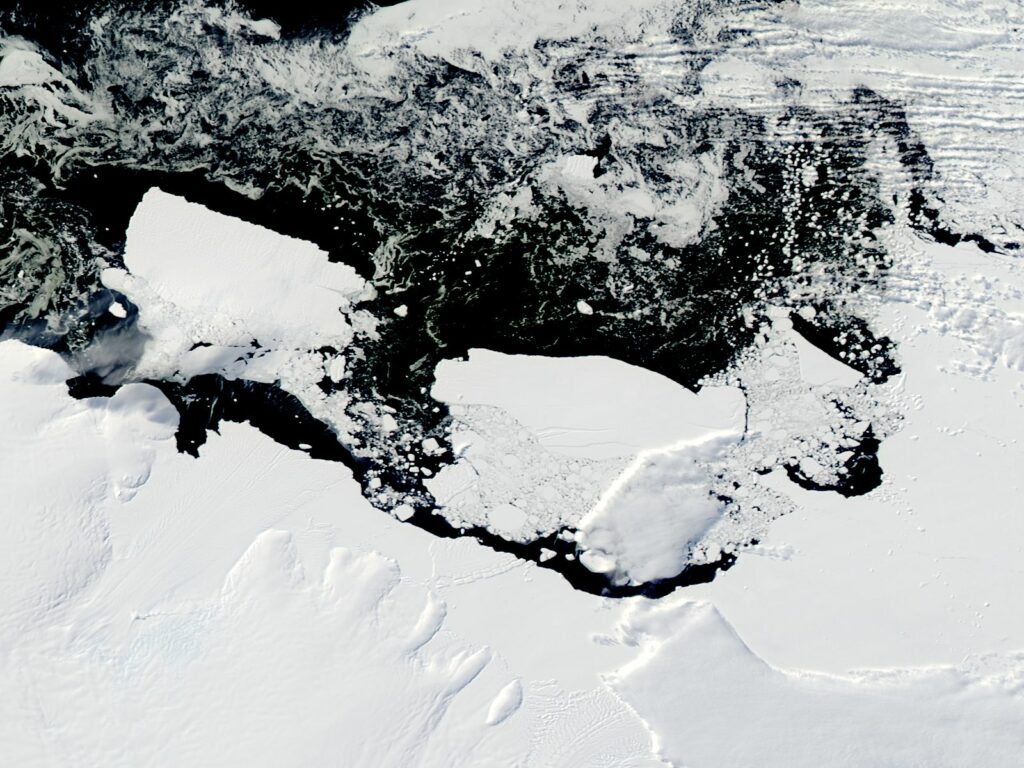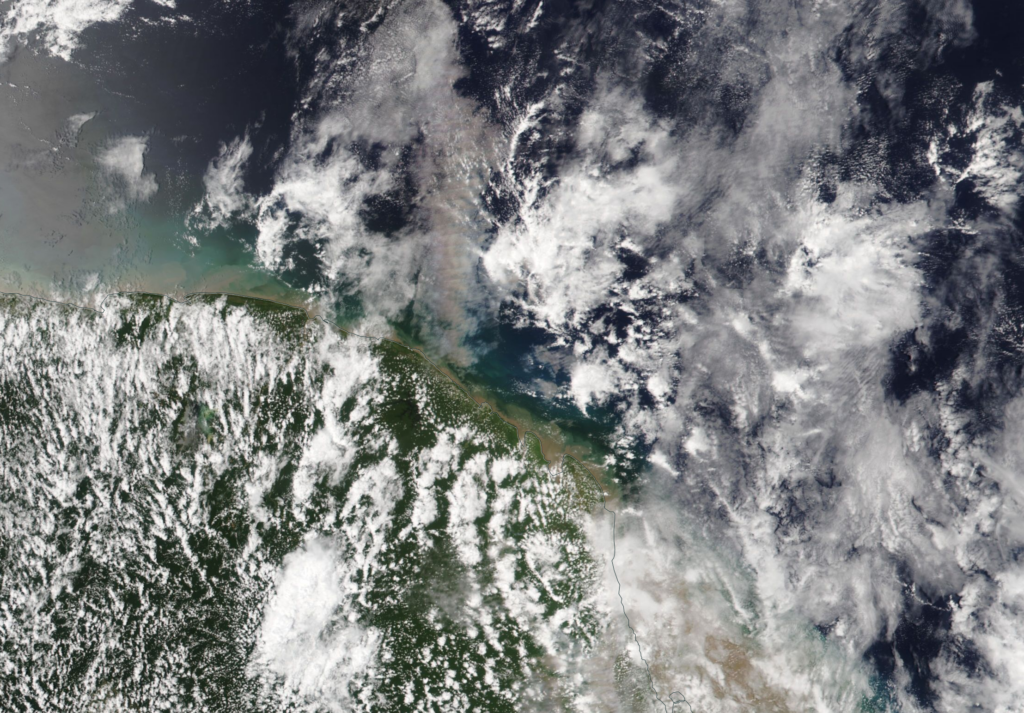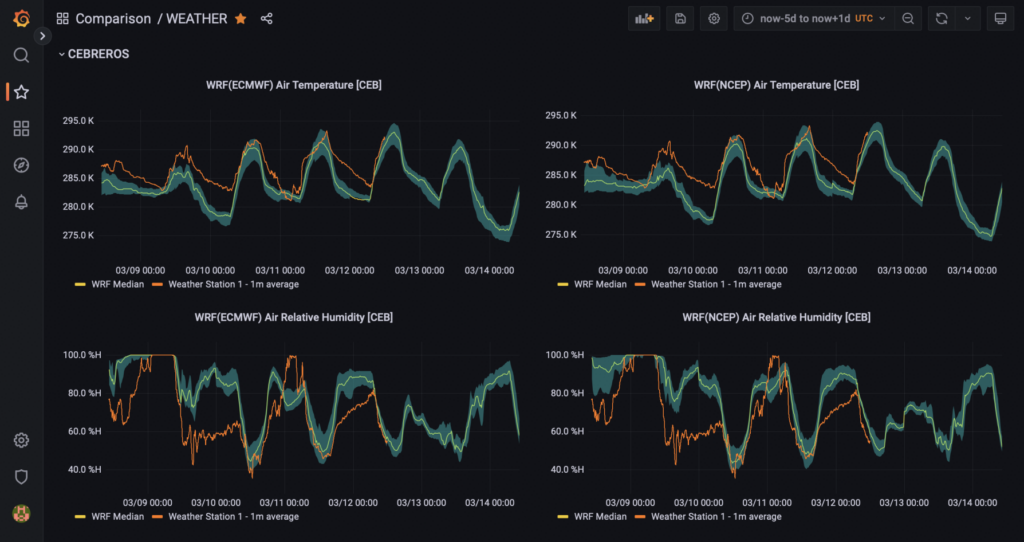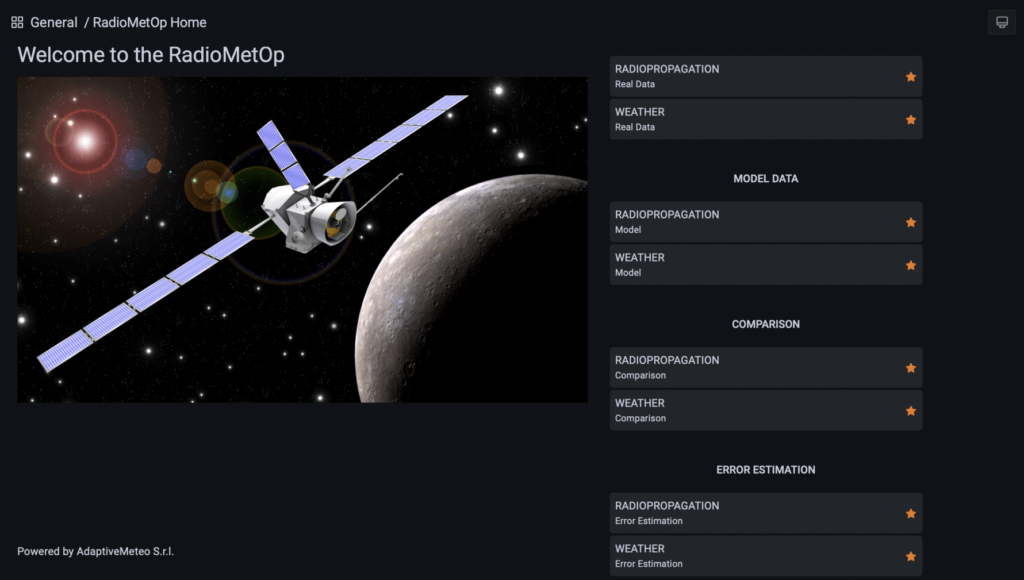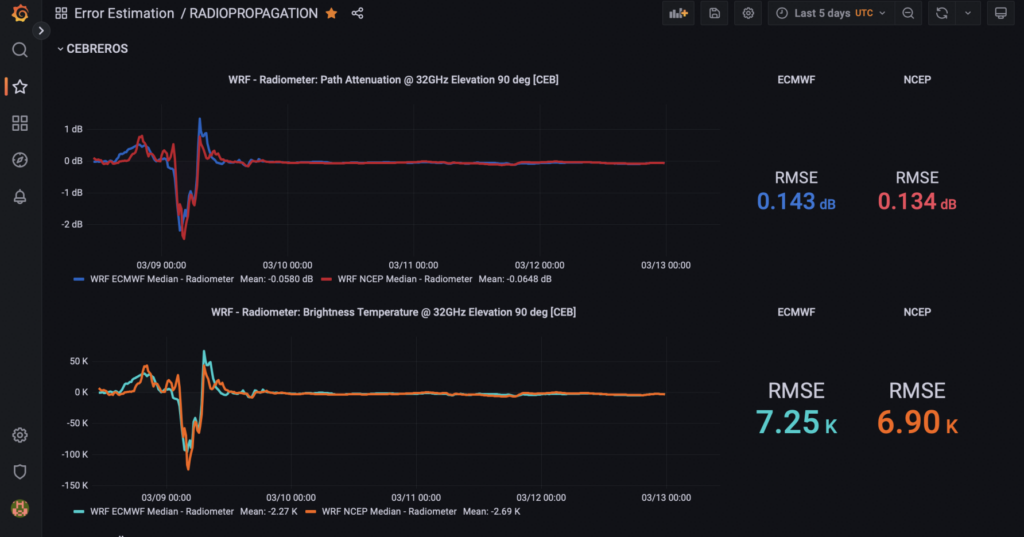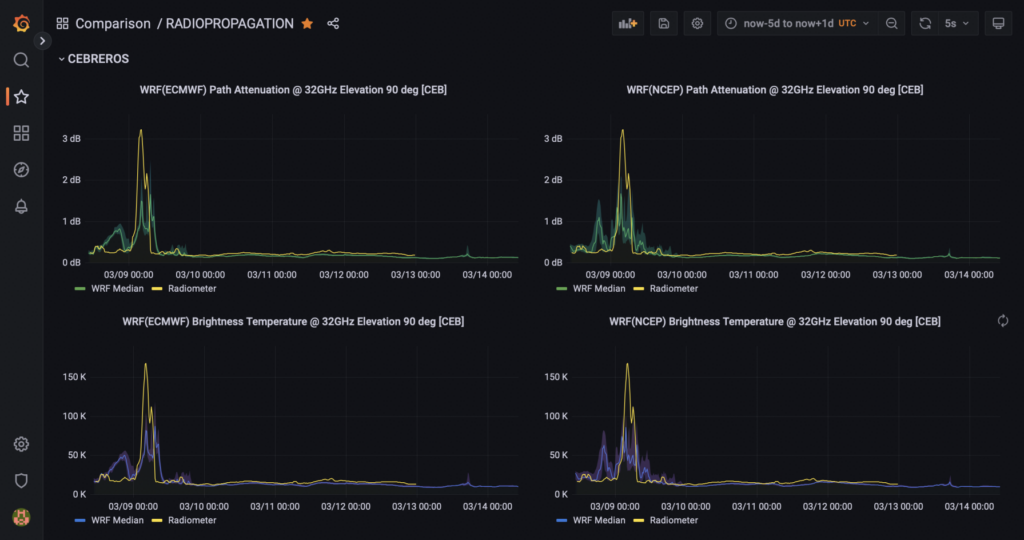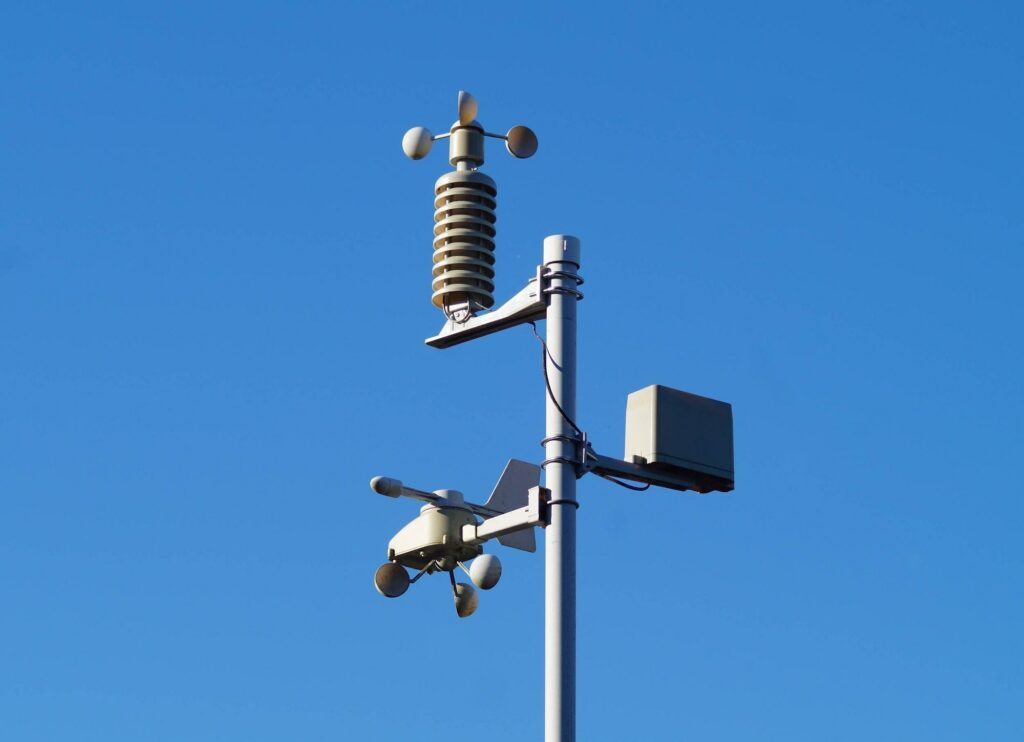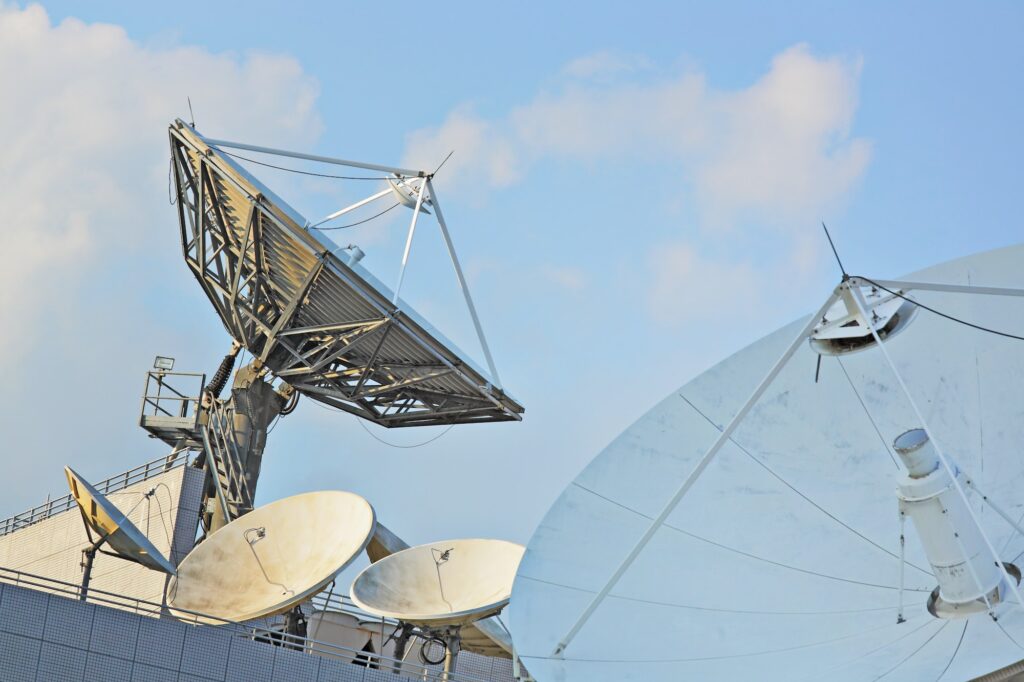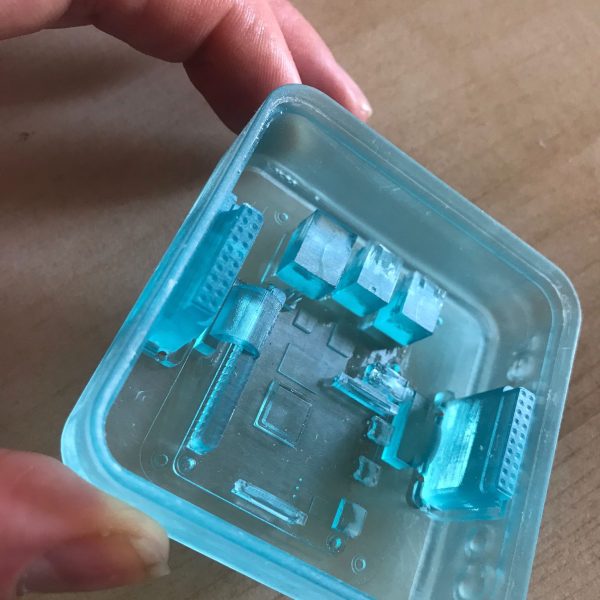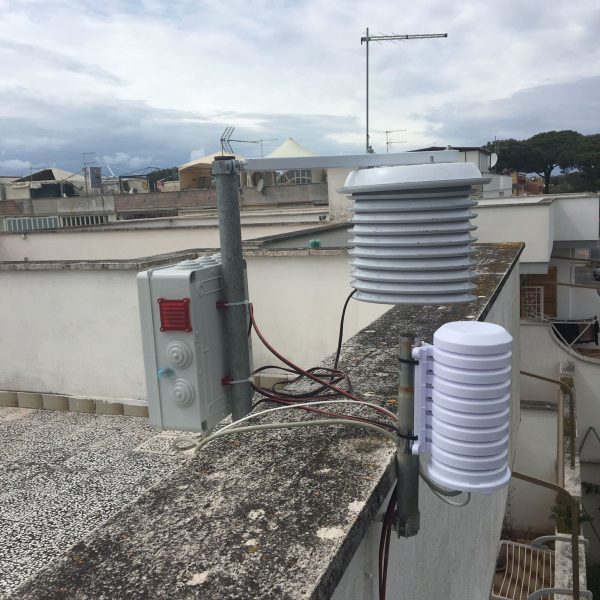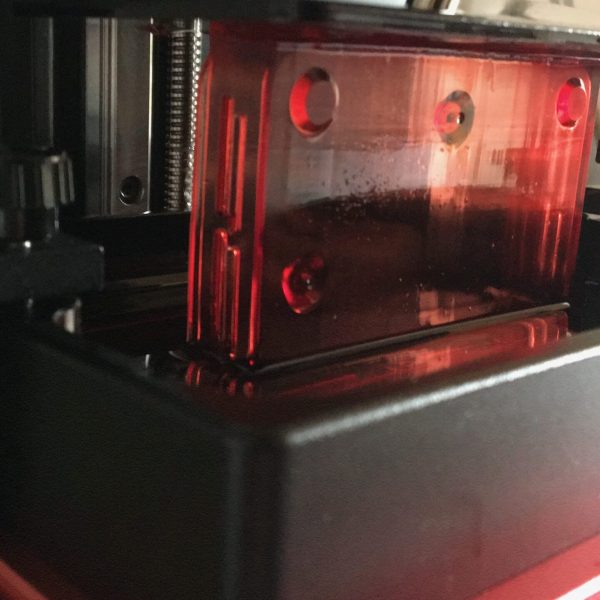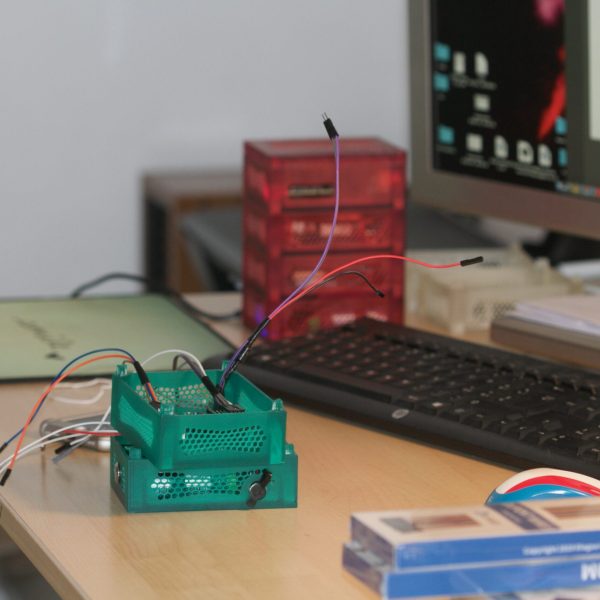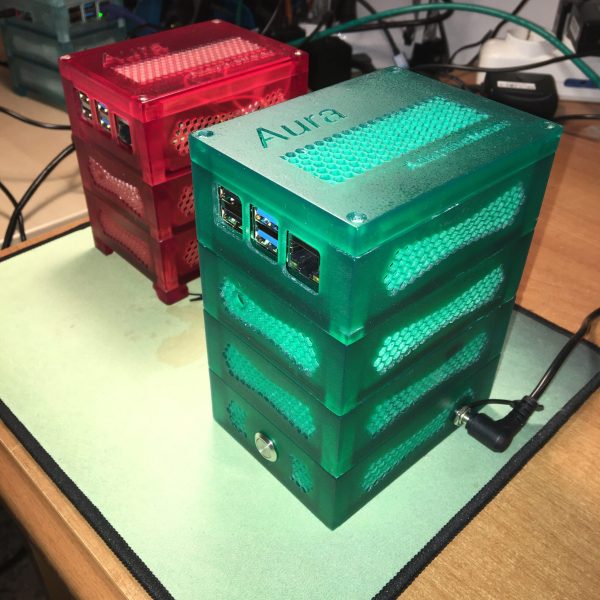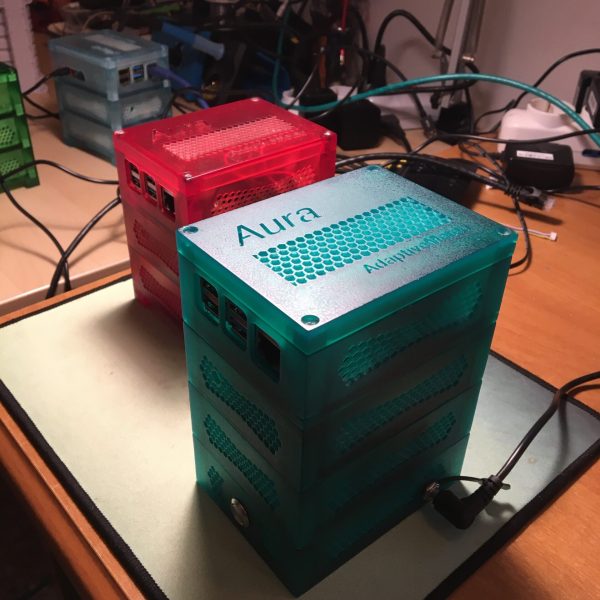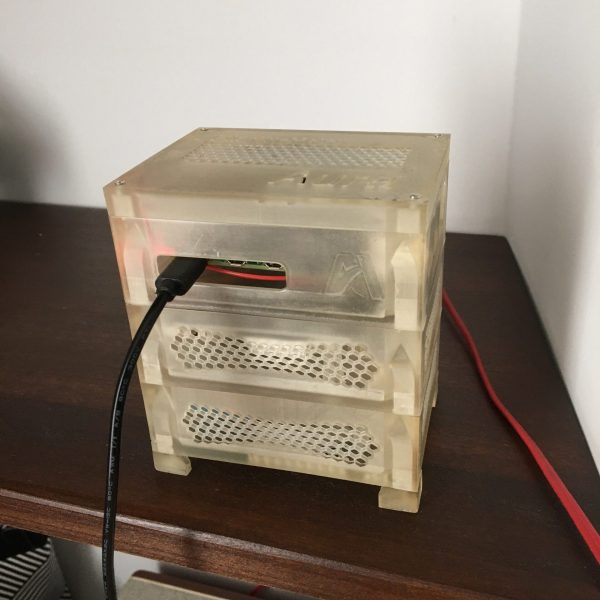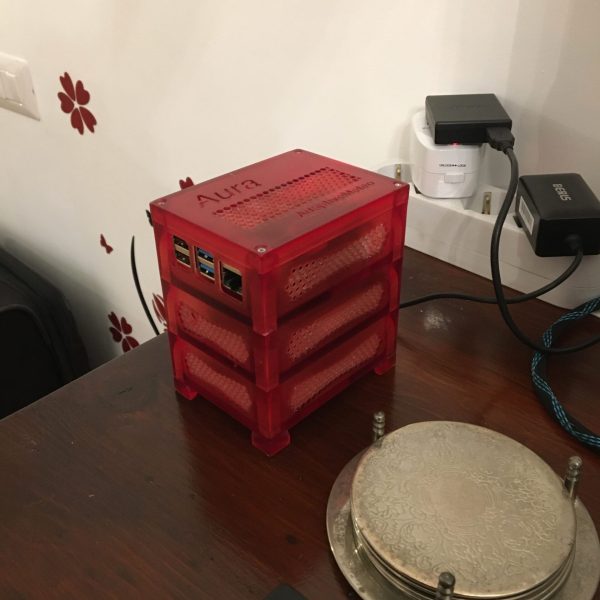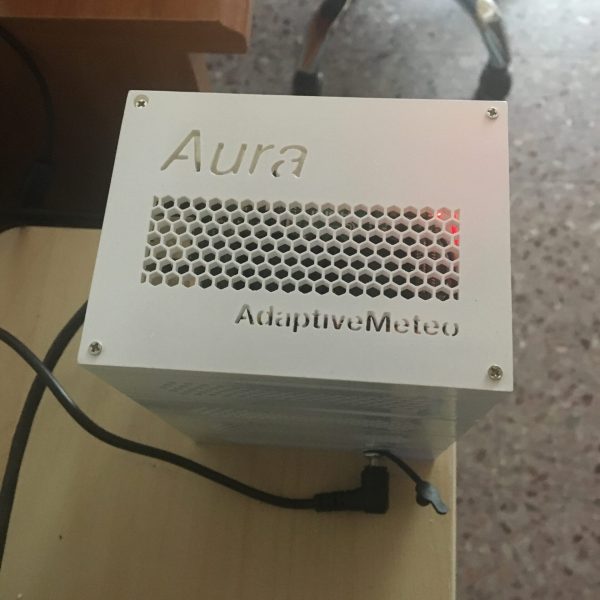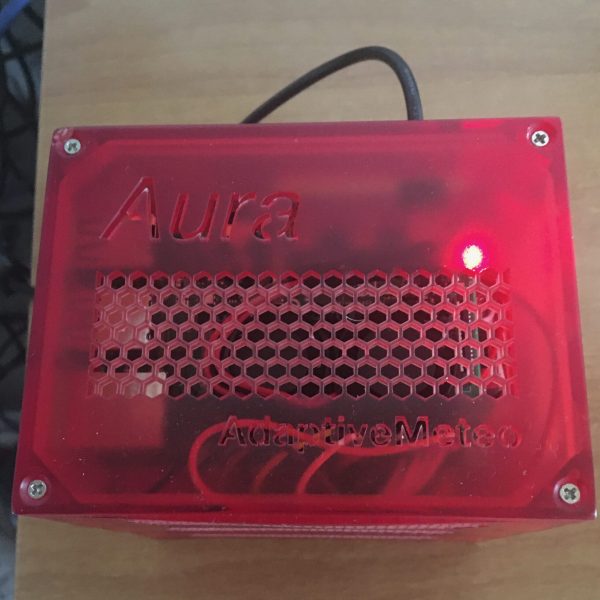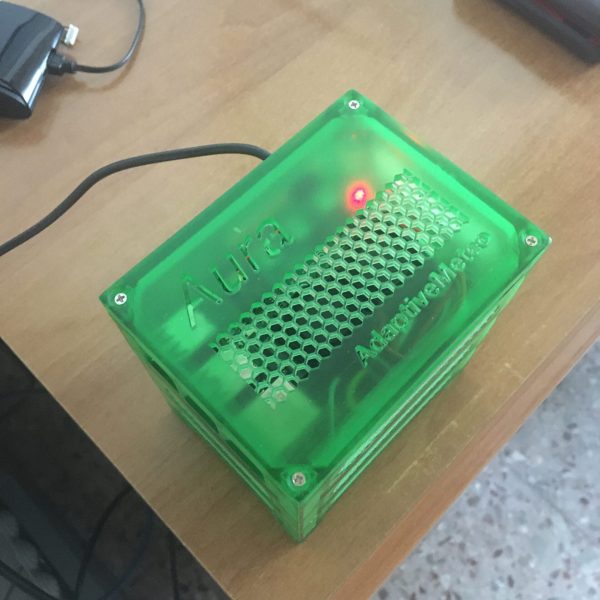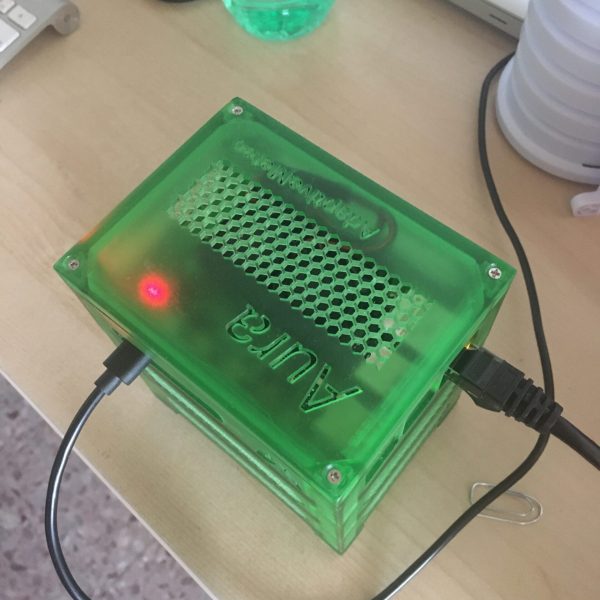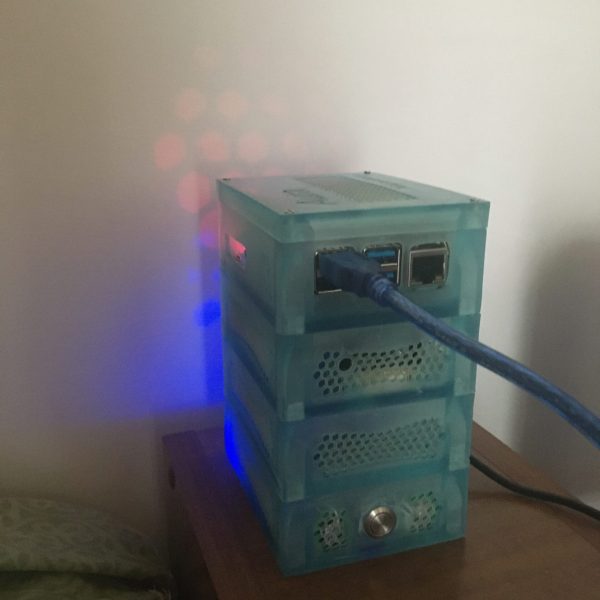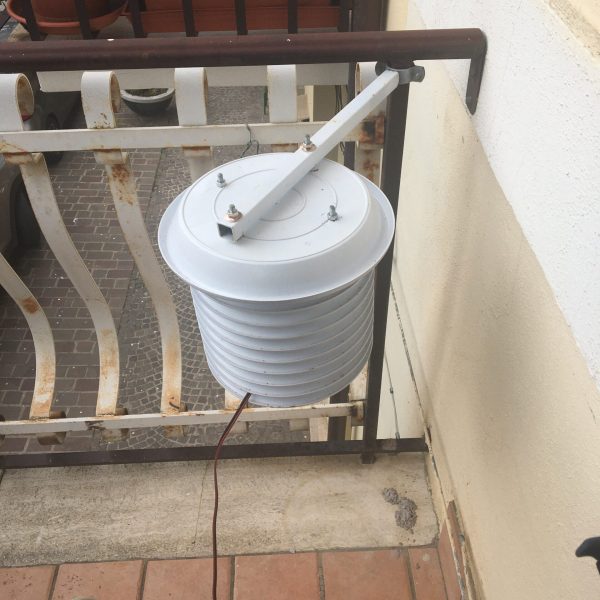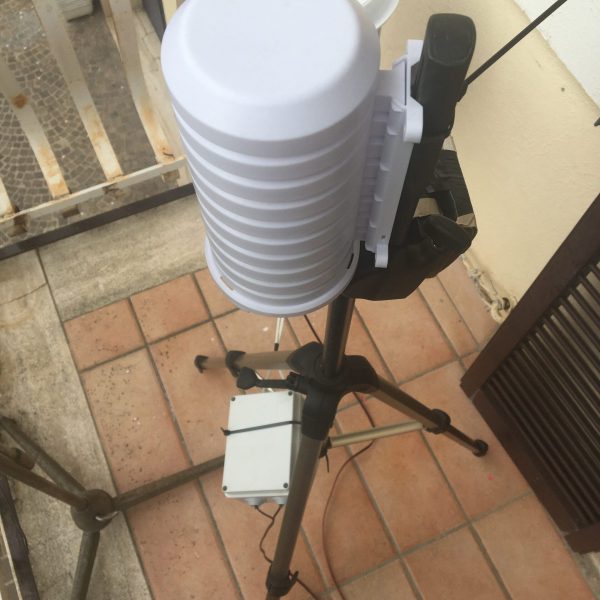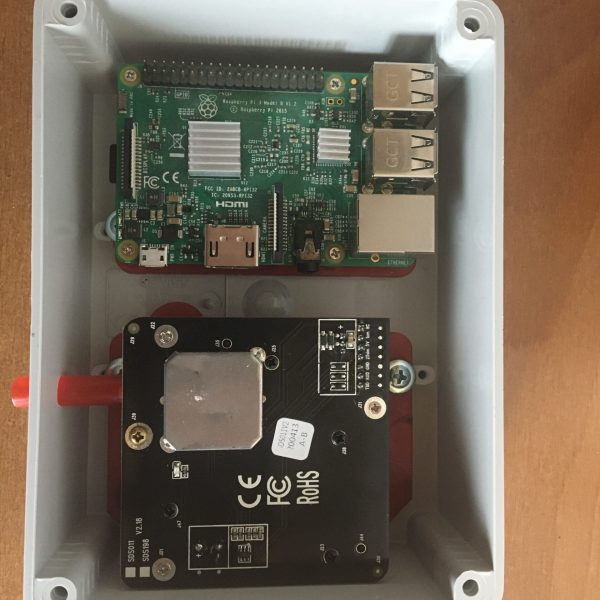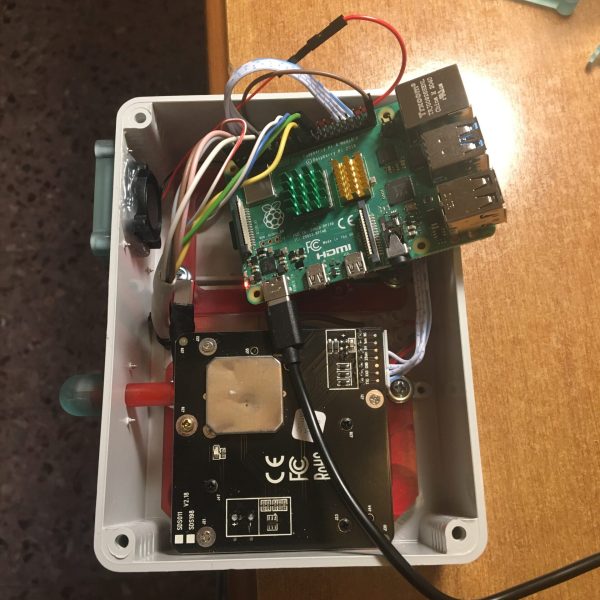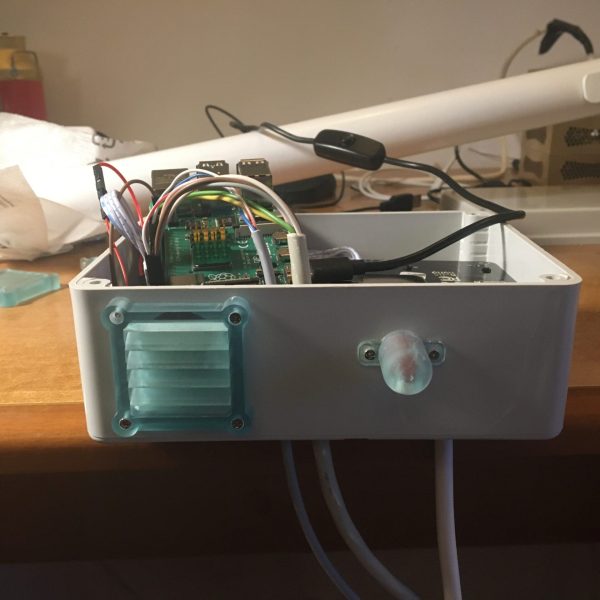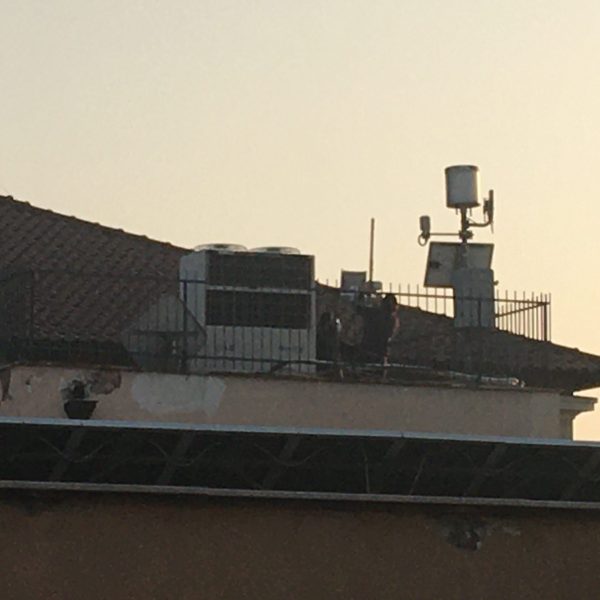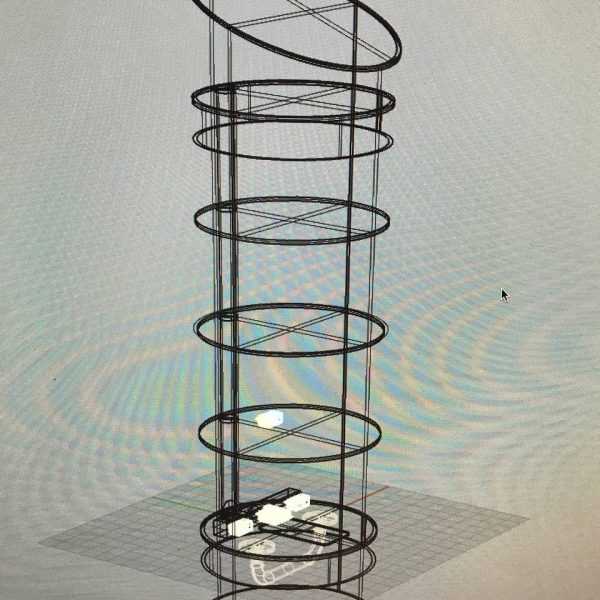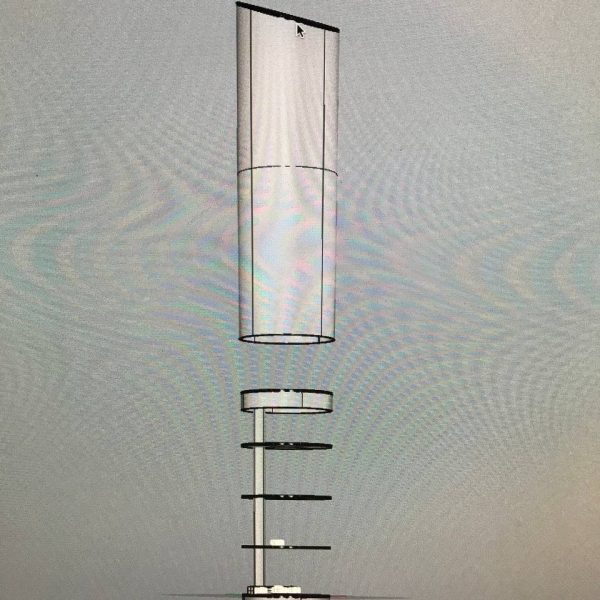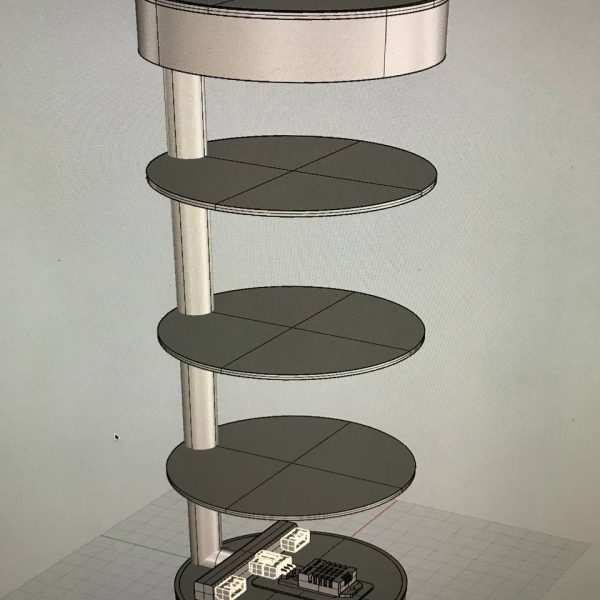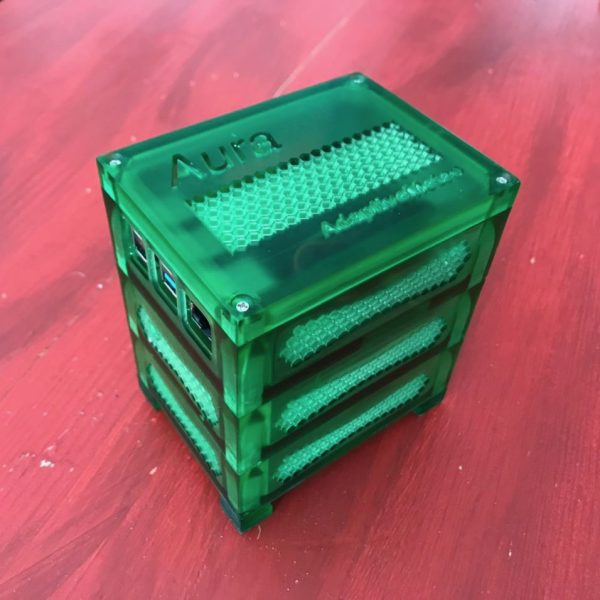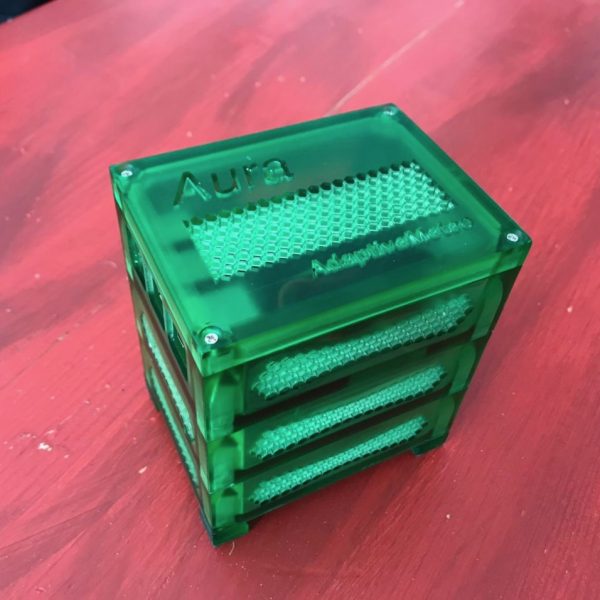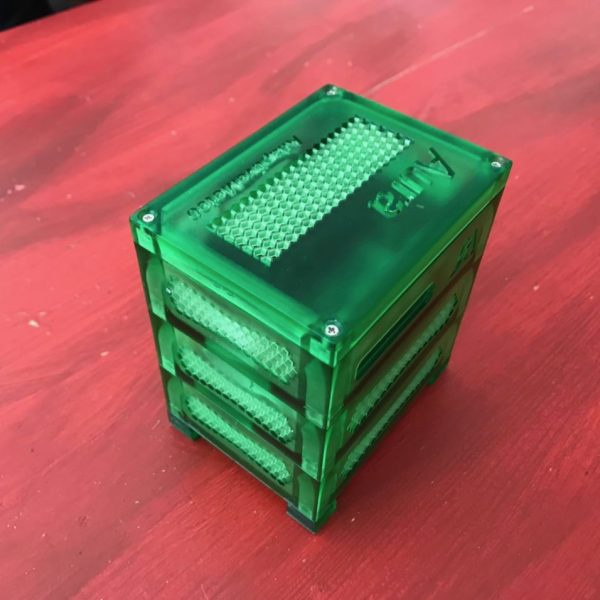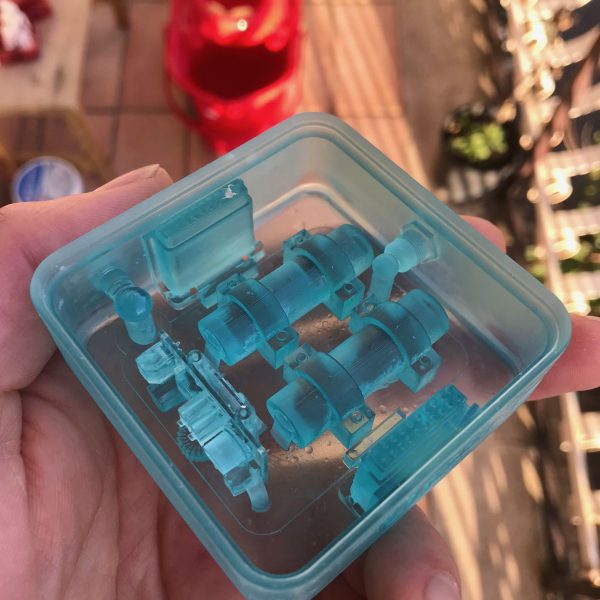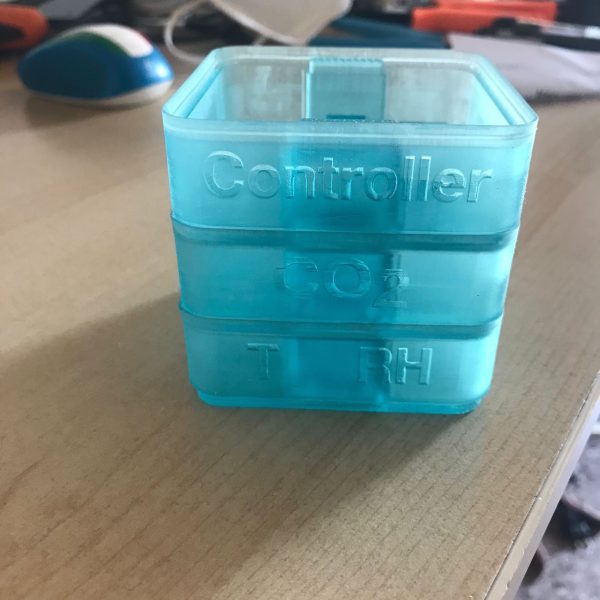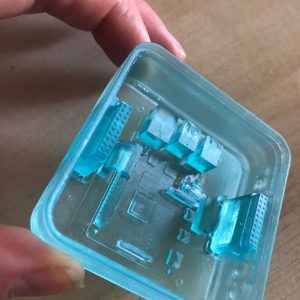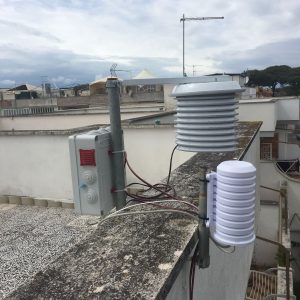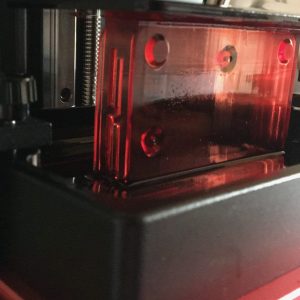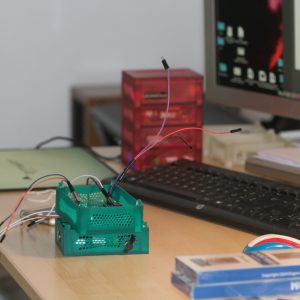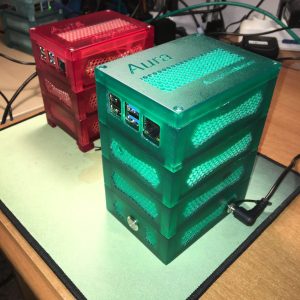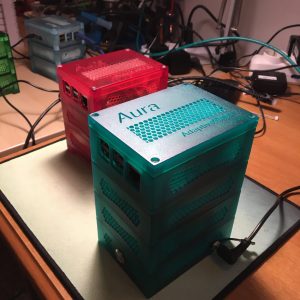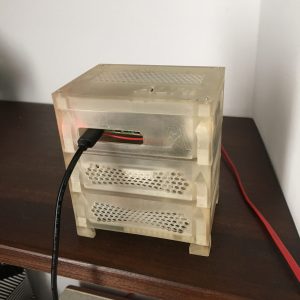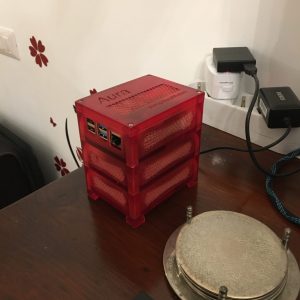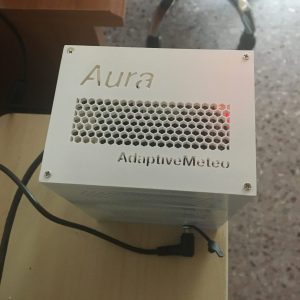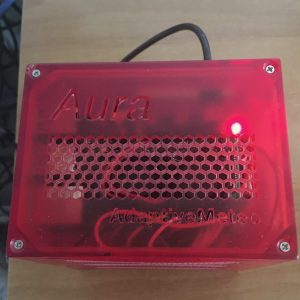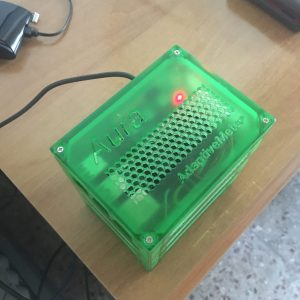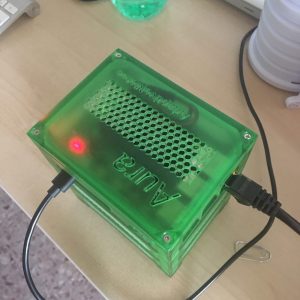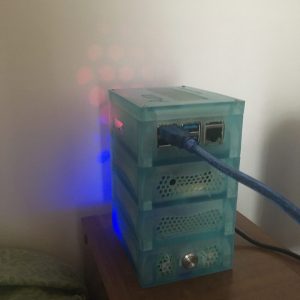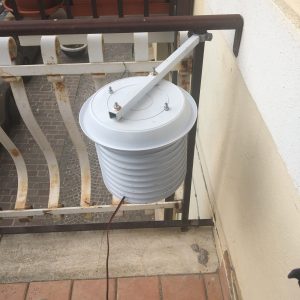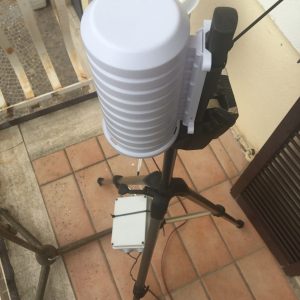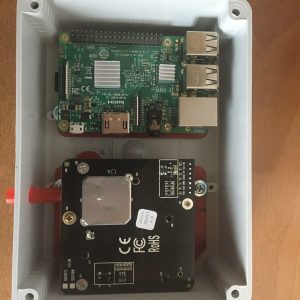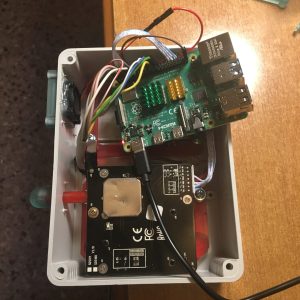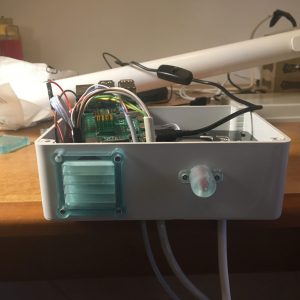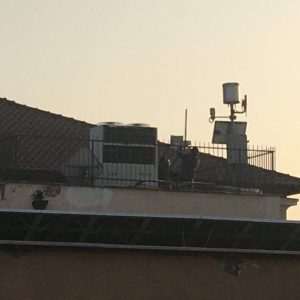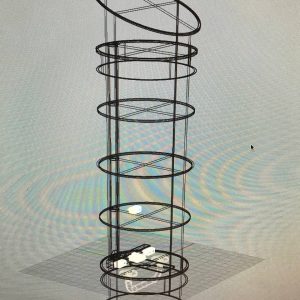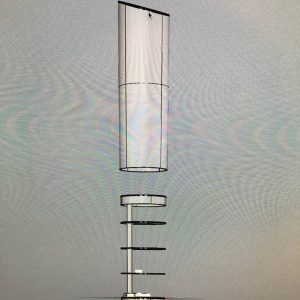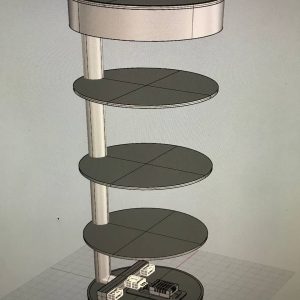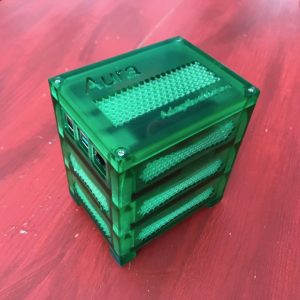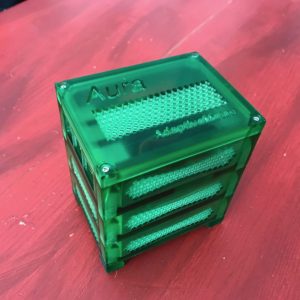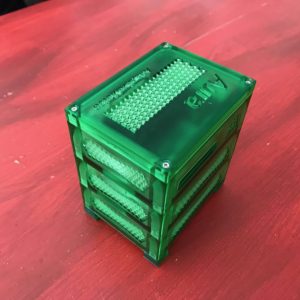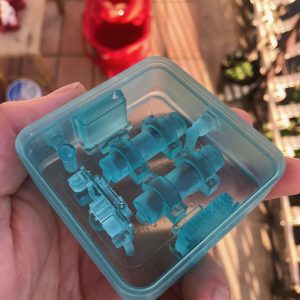Projects
- Home
- projects
We drive innovation in a sustainable way to create awareness and knowledge
Adaptive Meteo operate in the field of research and development to create new satellite data analysis systems in the meteorological field, create new ground-based observation systems for monitoring environmental variables and for the development of new paradigms for redefining atmospheric event risk maps extremes on a local scale (floods, drought, hailstorms, frosts, etc), in the light of the climate changes underway.
Forecast temperature and water vapor mixing ratio fields over the Central North Pacific Ocean and over the Arctic are adjusted to produce synthetic radiances closer and closer to the CrIS and IASI observations taken in clear sky conditions.
These areas offers unique conditions for hyper-spectral data inversion because of the highly homogeneous background represented by the ocean and by the ice.
Nearly real-time generation of retrievals is made possible by the availability of Direct Broadcast systems that provide data from the available spacecrafts.
A key for the implemented system is to provide the forecasting community with an accurate representation of the atmospheric state to use in short-term forecasting, and as input to NWP models following Rodgers (2000); Migliorini et al. (2008); Migliorini (2012).
With the launch of MTG-IRS in the upcoming months, MIRTO is expected to acquire a relevant role in making geostationary hyperspectral data available to mesoscale models. MIRTO develpment is currently supported by the Department of Atmospheric Science of the University of Hawaii Monoa on grants provided by the Office of Naval Research.
ESA project carried out by AdaptiveMeteo in collaboration with Himent in the framework of the activities of the “Sapienza” University of Rome.
The study was carried out for the characterization of the wind around Korou, French Guiana.
The area of interest is in fact a candidate to become a landing zone for future SpaceRider missions.
The study was based on two types of activity: a phase of analysis of the winds for a year of data from various sources (radio soundings, radars, meteorological stations, meteorological pylons); a validation phase of atmospheric models (different configurations) through the comparison with the observations.
The devised system is based on the coupling of atmospheric models with a parametric model for the attenuation of high-frequency radio waves. Among our activities is the development of an observation monitoring and automatic alert system based on an open-source technology known as Grafana.
Grafana is a technology created for real-time data visualization and for the comparison between forecasting models and real observations (images attached in the RadioMetOp folder).
The Grafana technology allows for monitoring of the following atmospheric parameters for any given ground station (currently only stations for Lazio region are present in the demo):
- data measured by the station's sensors;
- weather forecasts up to 24H;
- data from climatological forecasts (CORDEX, up to 2030);
- reanalysis, old forecasts improved with all available observations (back in time to 2019).
User: ACDS_Guest
Psswd: @cd$Gu3$t
The devised system is based on the coupling of atmospheric models with a parametric model for the attenuation of high-frequency radio waves.
In the initial phase two systems, AURA and HORUS, have been developed, respectively for indoor and outdoor observation of atmospheric parameters such as air Temperature, Relative Humidity, Pressure, Carbon Dioxide, Total Volatile Organic Compounds, and Air Particulate (PM2.5 and PM10) concentrations.
Besides being a low cost and modular system, ICARO uses a Raspberry Pi 4 as controller, which allows for several functionalities like local data calibration, data acquisition from satellite and other in-situ stations, data processing based on machine learning algorithms, automatic hazard alerts, and it opens the way to domotic applications.
ICARO is meant as an environmental monitoring device designed to increase awareness in our fellow citizens.
In a society under increasing pressure because of the pandemic and climate change, unsustainable behaviors can be overturned only through a significant investment in public awareness.
Besides new environmental legislations and regulations, an awareness campaign is much needed to secure people participation and achieve sustainability.
The AURA is a “fit for purpose” system as the quality of the data generated by its sensors is in accordance with their rising awareness purpose.
In the initial phase two systems, AURA and HORUS, have been developed, respectively for indoor and outdoor observation of atmospheric parameters such as air Temperature, Relative Humidity, Pressure, Carbon Dioxide, Total Volatile Organic Compounds, and Air Particulate (PM2.5 and PM10) concentrations.
Besides being a low cost and modular system, ICARO uses a Raspberry Pi 4 as controller, which allows for several functionalities like local data calibration, data acquisition from satellite and other in-situ stations, data processing based on machine learning algorithms, automatic hazard alerts, and it opens the way to domotic applications.
ICARO is meant as an environmental monitoring device designed to increase awareness in our fellow citizens.
In a society under increasing pressure because of the pandemic and climate change, unsustainable behaviors can be overturned only through a significant investment in public awareness.
Besides new environmental legislations and regulations, an awareness campaign is much needed to secure people participation and achieve sustainability.
The AURA is a “fit for purpose” system as the quality of the data generated by its sensors is in accordance with their rising awareness purpose.
In these areas the founders of AdaptiveMeteo have years of collaboration with:








